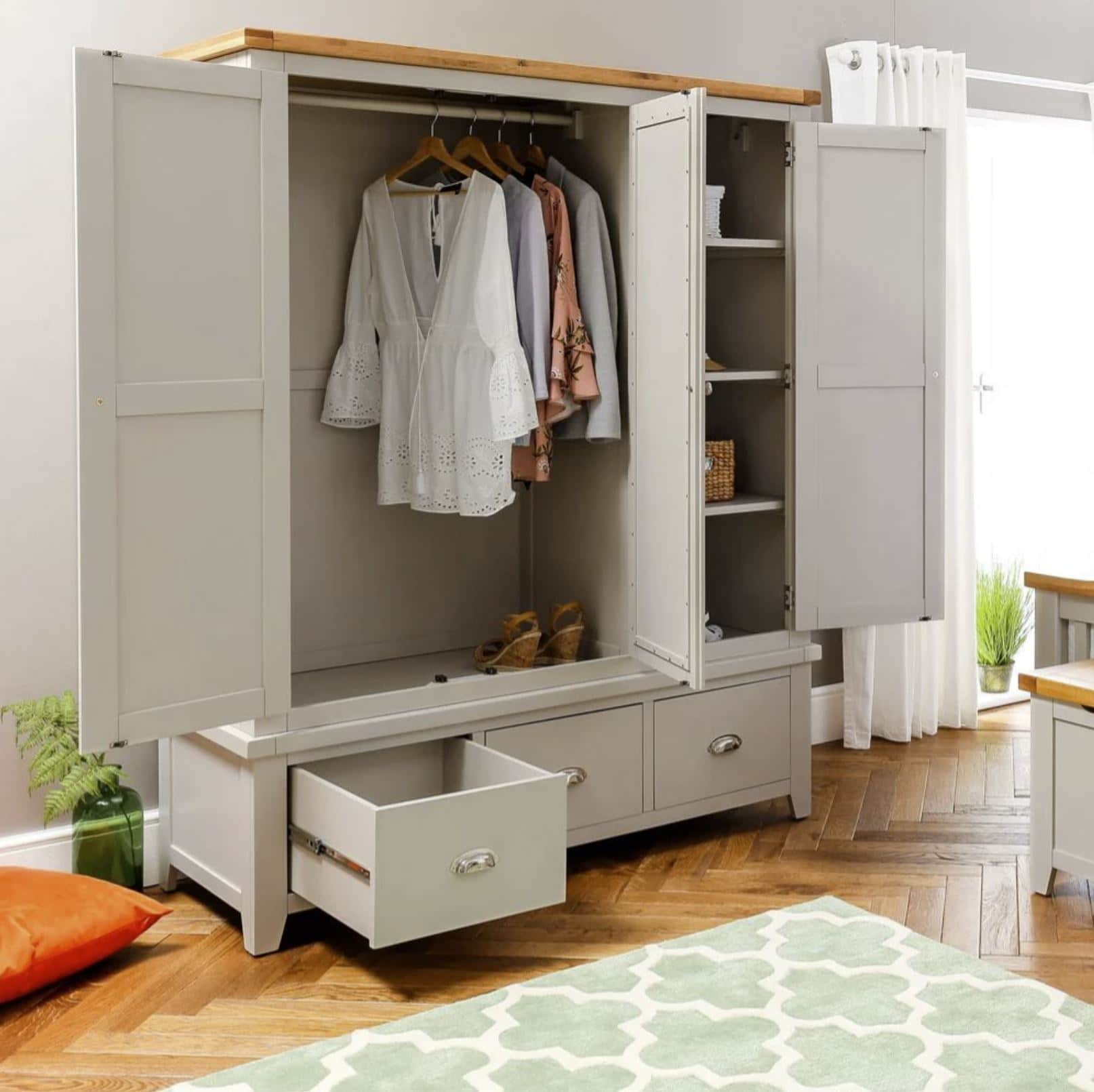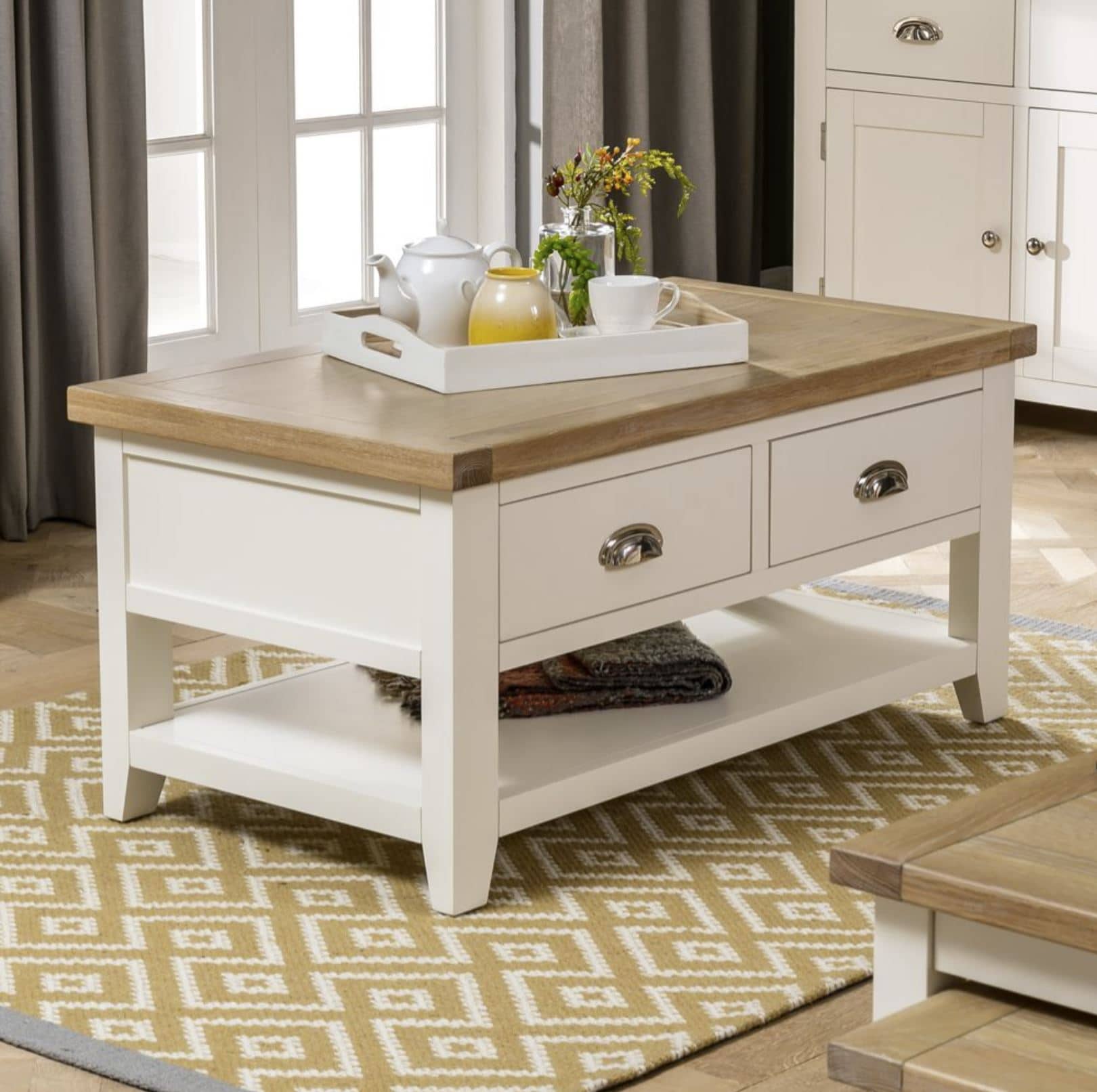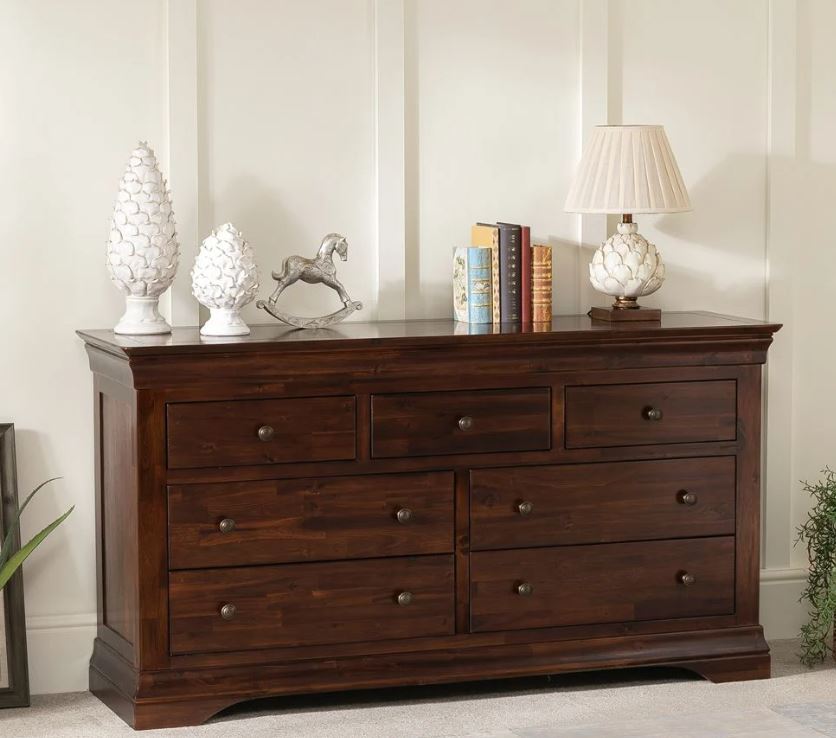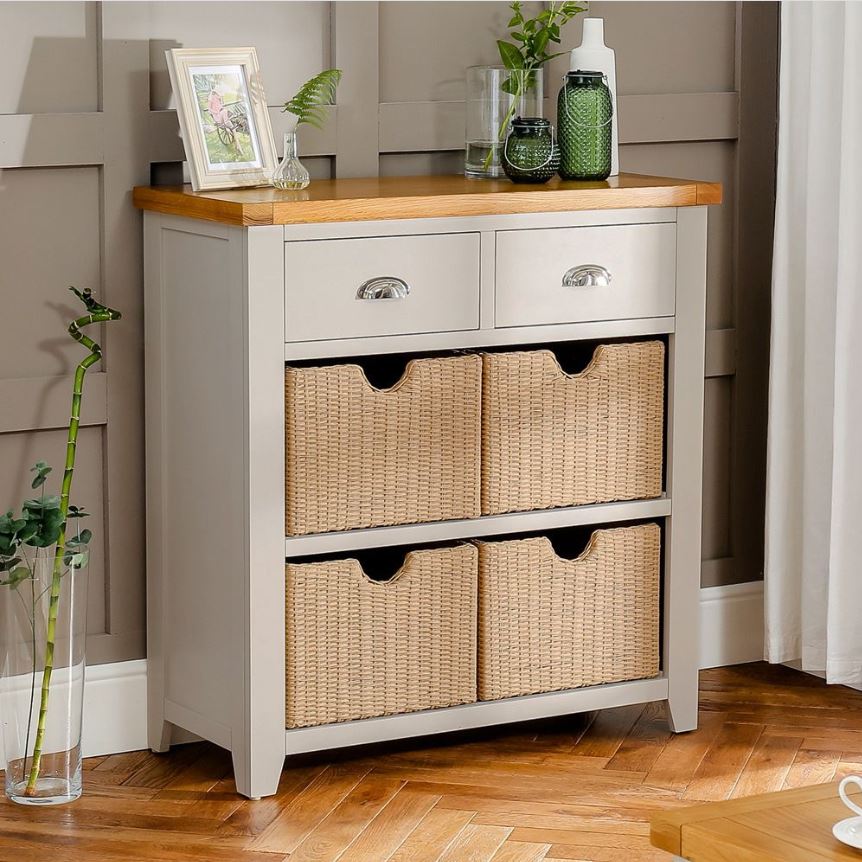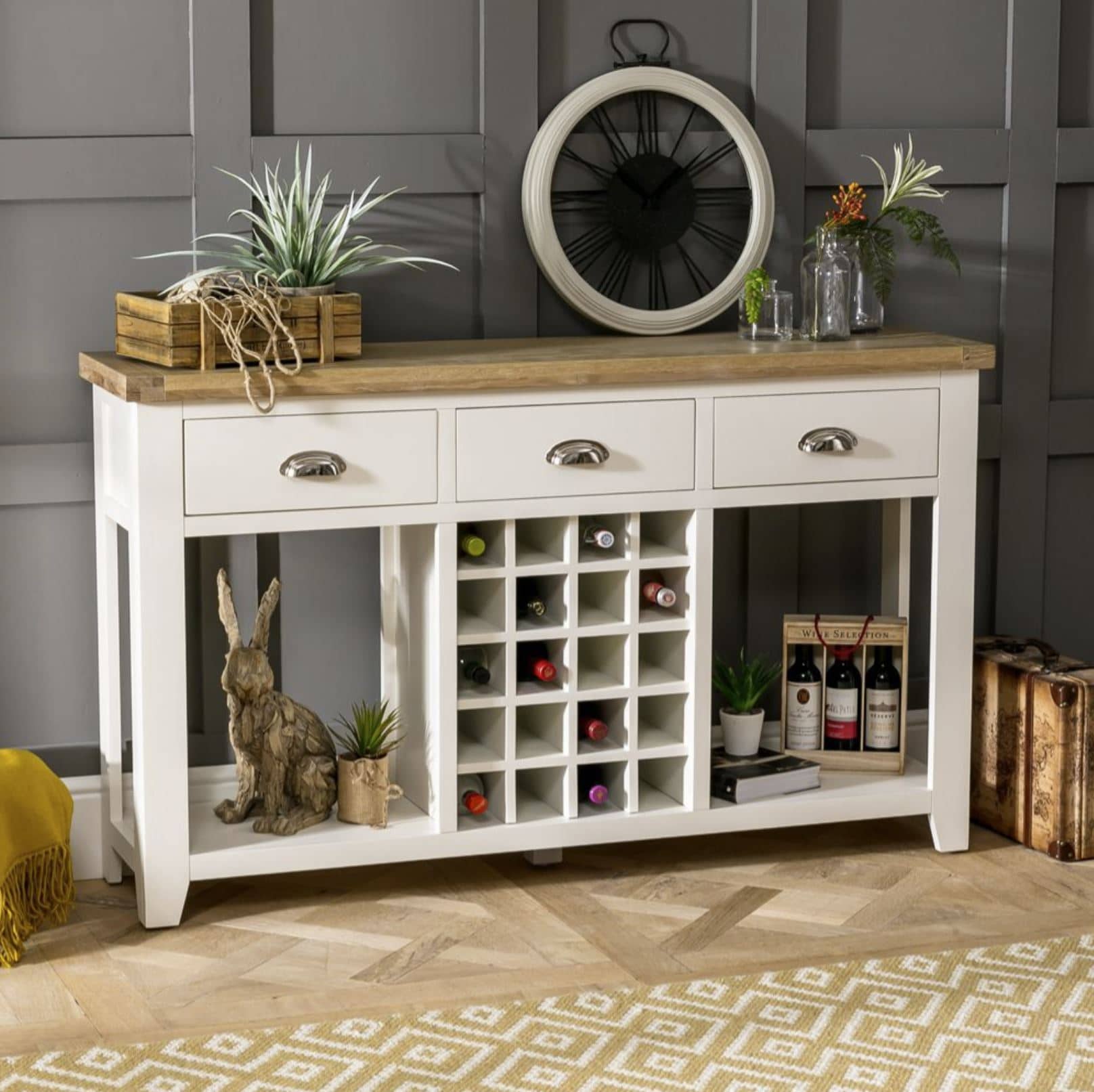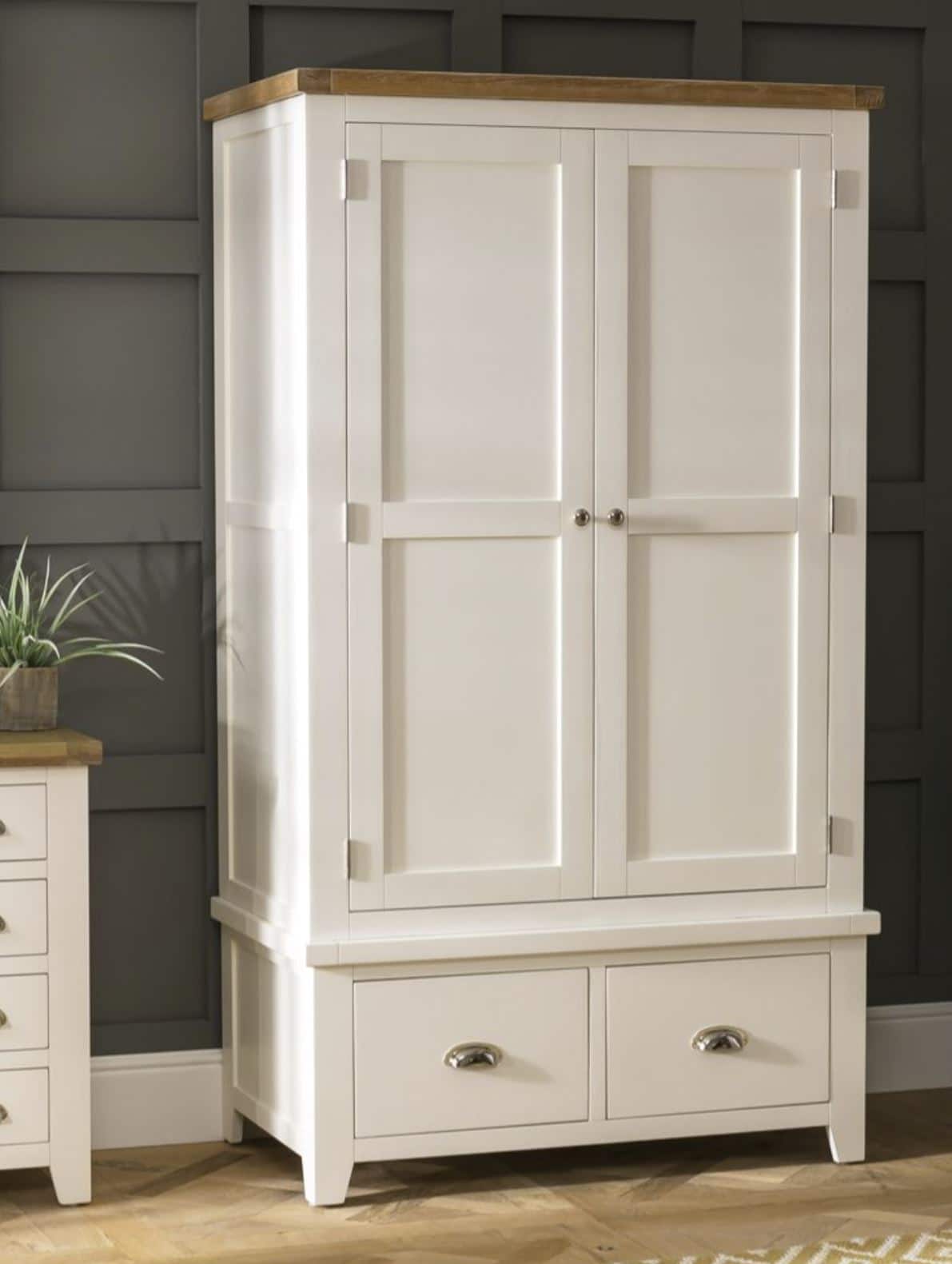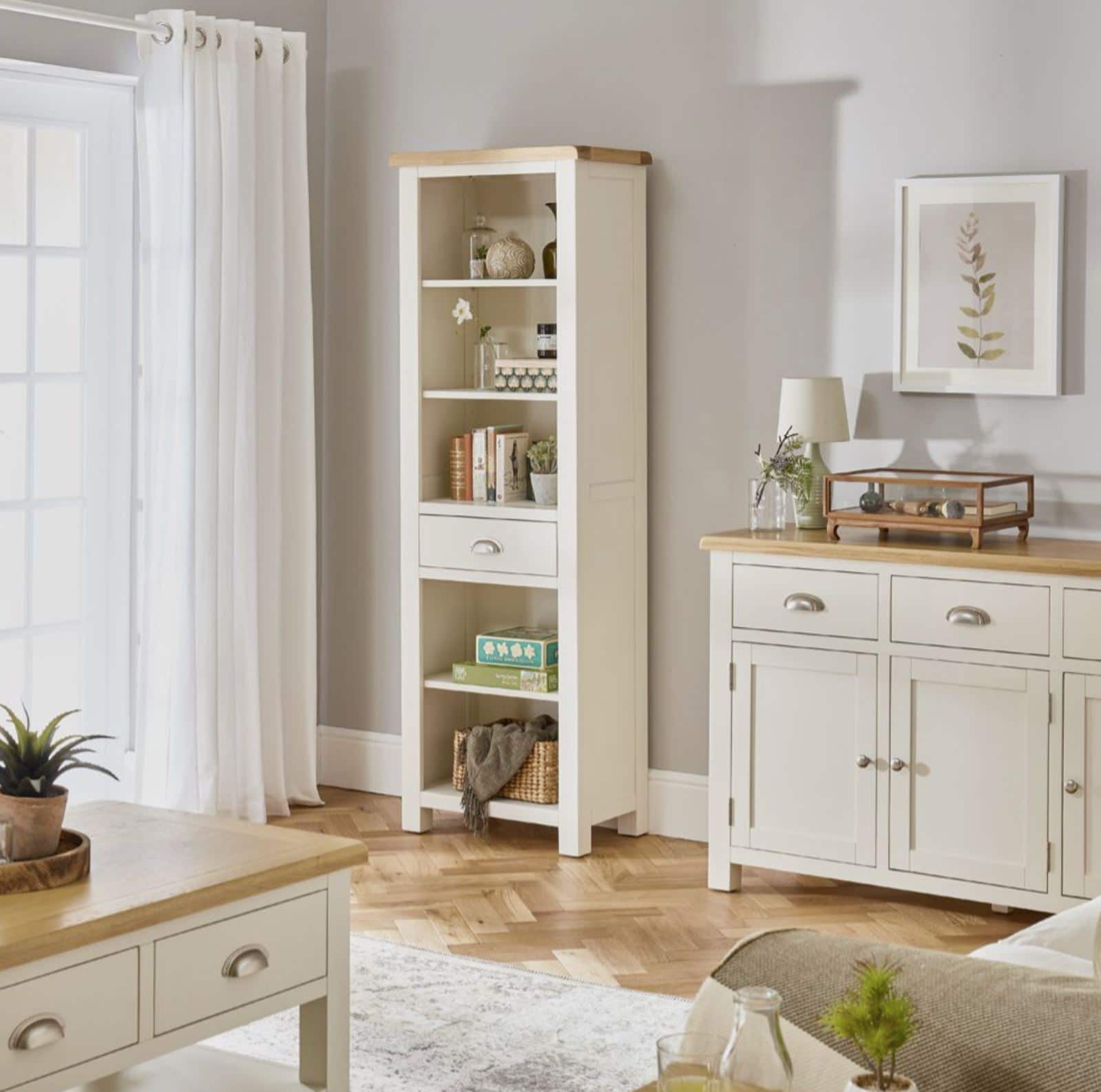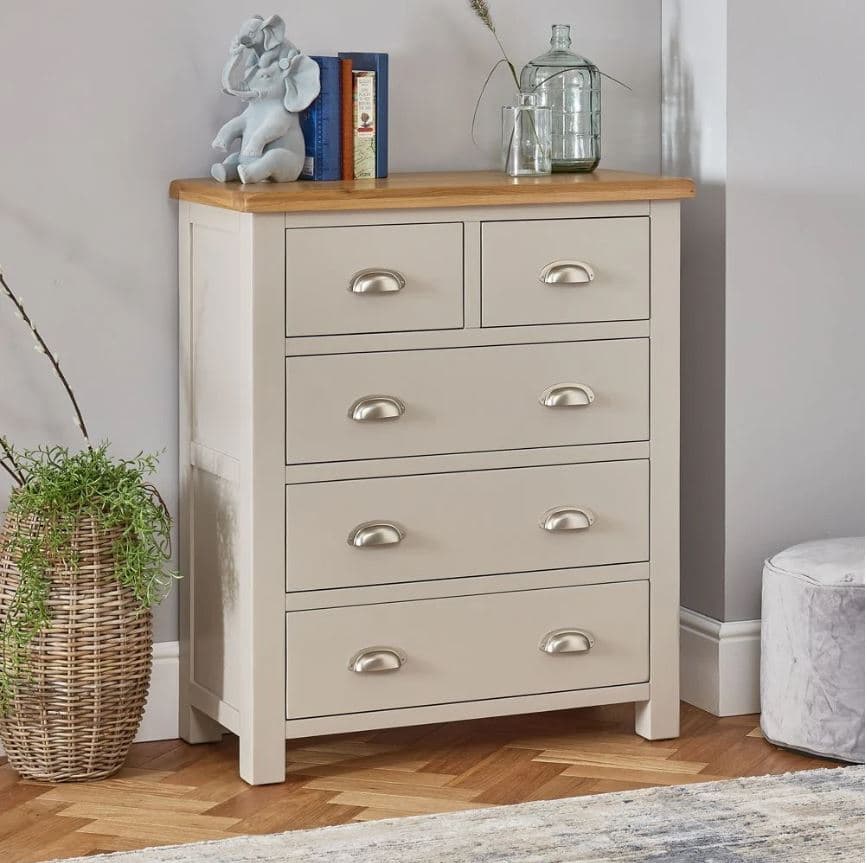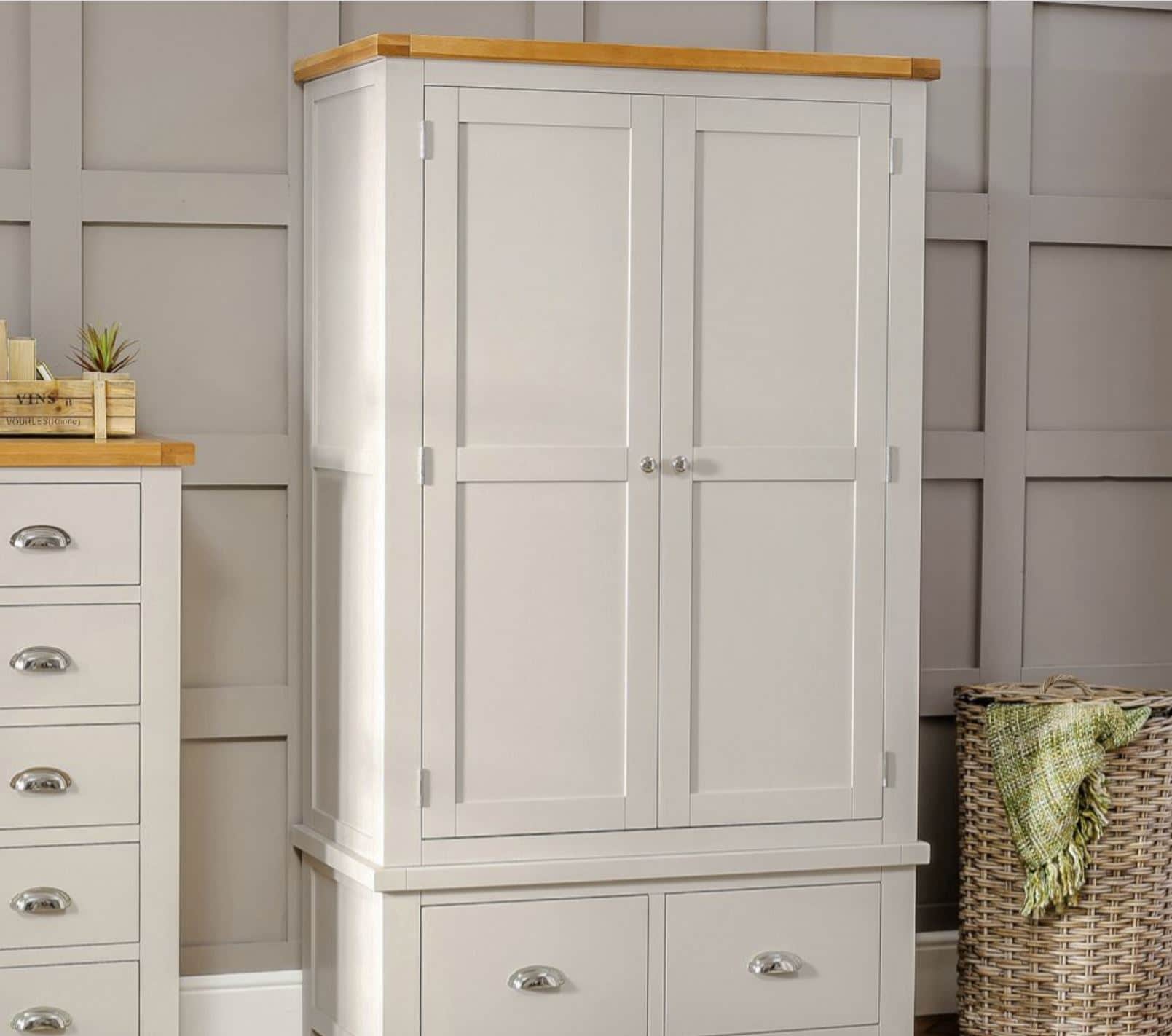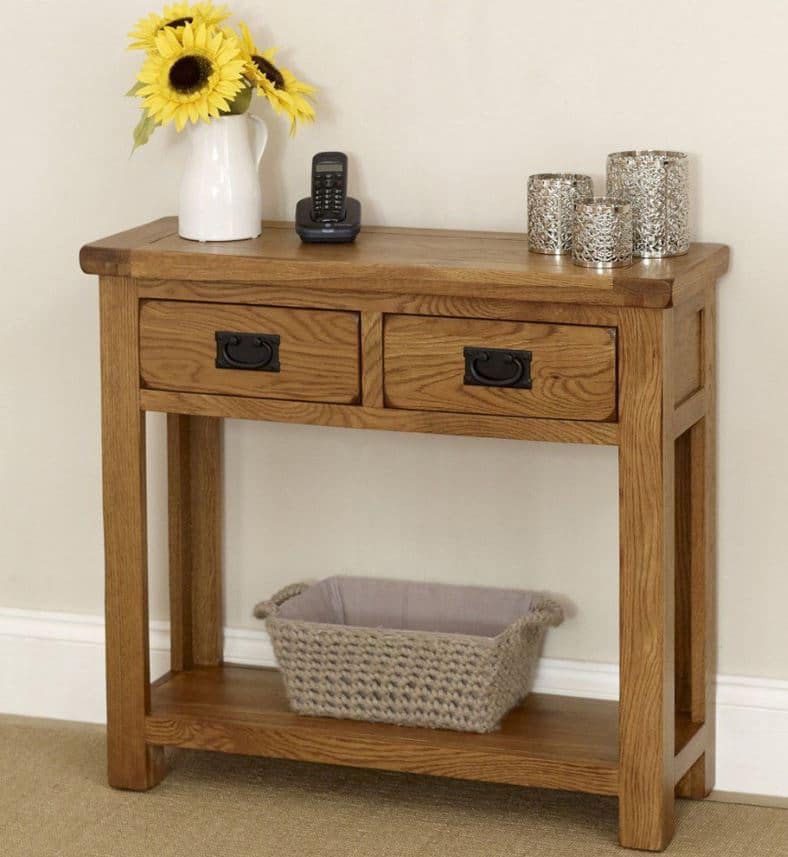How to Create a 1940s Style Interior
- By Alicia Newman
- User Guides
- views
1940s interiors are typically classified as ‘vintage’ interior design. After a long period of war and families struggling to make ends meet people were looking to cast out the dreary and dismal feeling of austerity and create warm and comfortable homes with a sense of family practicality and homeliness.
With many people still experiencing a lack of money and many having to rebuild damaged and dilapidated buildings the furnishings of this period were a mix and match of styles and designs with a perfect balance of classical elegance and kitsch accessories.
After the extravagance of the 1920s and 30s, forties interiors adopted a simpler, homely interior feel with a combination of rich colour tones such as red, green and yellow and pastel hues such as lemon, lavender and baby blue. Bold geometric prints were replaced with bright floral and gingham patterned wallpapers, painted wood cladding and floral tiles that took centre stage in every room of the home.
Wooden floors were considered outdated and a little too austere for creating a homely and welcoming interior feel. The 1940s saw a huge rise in the popularity of carpets as they were relatively cheap during this period and created a cosy feel that complemented the warming colour palettes of the home. Plain pastel toned carpets in pale pink, mint green and taupe were a popular choice when partnered with bold patterned walls or large and intricate floral carpets would be used to compliment plain painted interiors.
With soldiers returning from war and being reunited with their loved ones a great emphasis was placed on creating a home environment where the family could enjoy some much needed quality time in a social and relaxing setting. Seating began to move away from singular sofas and occasional chairs and was replaced with grouped seating arrangements where every member of the household could sit together, chat or listen to the wireless. Sofas and armchairs often featured a solid wooden frame with a soft cushioned seat and back rest in a feminine floral fabric or a plain cotton neutral design. These seating areas would be complimented with lace, embroidered or crocheted cushions and throws for added comfort and cosiness.
Dining tables were typically made from wood and designed with classic spindle style or plain tapered legs. With money still being extremely tight for the majority of families the dining chairs may have been mismatched or varying in style but would be made to look like a complete set with the addition of some homemade seat pads featuring crochet or lace or patchwork. Oilcloth table cloths were hugely popular during the 1940s and could be used to add a splash of colour and pattern onto an otherwise plain wood table.
The Kitchen was considered the heart of the home during the 1940s with money tight and ingredients sparse, women would often spend hours in the kitchen cooking up large batches of food for the family or baking bread or cakes that could be stored for longer periods of time. Kitchens were often painted in crisp white or cream and featured lots of open fronted shelving for the display of kitchen accessories and foodstuffs. Rooster shaped jars and cow shaped milk jugs were a kitsch addition to the kitchen area with rustic style egg baskets that were placed on display on a work surface of table top. Pottery and crockery featured floral prints in pastel tones (think Kath Kidston) and usually came in the form of tea cups and saucers, serving plates and trays.
With such a fabulously mixed style of furniture in 1940s homes there was a wonderful variation in colours, finishes and designs. Dark hardwood and golden oak were popular materials during this period and cabinets, dressers and bookcases generally featured glass panelled doors that added a sense of space and light within the home and allowed and ornaments and accessories to be displayed in full view. Painted furniture would be used to complement the pastel tones and colourful wallpaper of the interior space and would often be distressed to create a shabby chic look that typifies the ‘vintage’ interior style. Decoupage was a unique and stylish alternative to simple painted furniture and looks particularly elegant on a table top or drawer fronts for additional pattern and colour.
For more ideas on how to create a vintage 1040s look in your home; head over to our latest Pinterest board - Pinterest - 1940s Interiors

